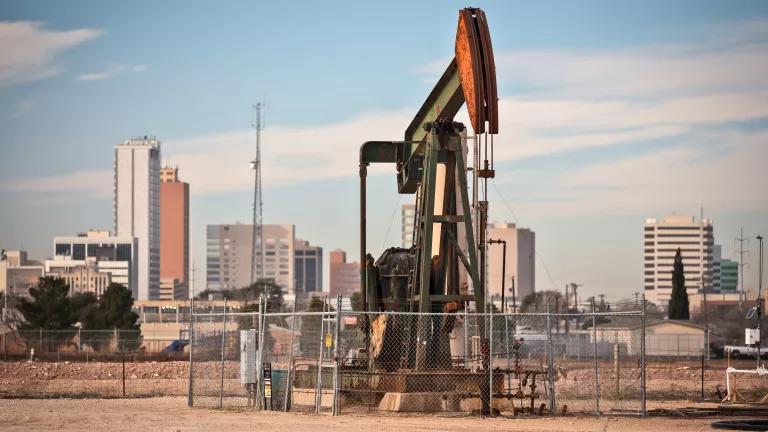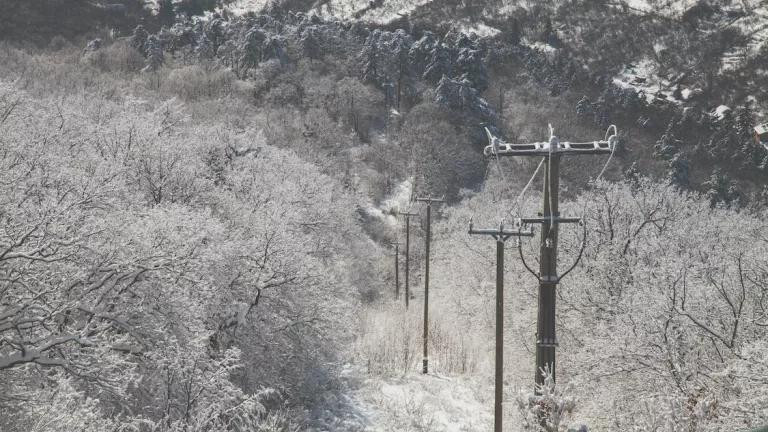
Julie Dermansky
Coauthored with Doug Koplow, Earth Track
Experts agree that new fossil fuel development is incompatible with the world goal of limiting global warming to 1.5 degrees Celsius. However, the United States continues to plan future fossil fuel development, most of which will occur in the Permian Basin, a shale basin that is approximately 250 miles wide and 300 miles long, covering much of western Texas and southeastern New Mexico. In fact, oil and gas production in this region is projected to almost double by 2030. This growth is currently encouraged by state and federal subsidies in the form of outdated tax giveaways and government grants, as well as low-liability caps and special regulatory exemptions for the oil and gas sector.
This white paper offers a qualitative inventory of the federal and state subsidies that currently support Permian oil and gas. The pervasiveness of these subsidies through all stages of the oil and gas supply chain—from exploration and extraction to refinement, transport, and site closure—is striking. Policymakers at the state and federal levels must end fossil fuel subsidies and instead align public spending with our national goals to reduce greenhouse gas emissions, protect taxpayers from abuse, and end market distortions that favor fossil fuel investments.






